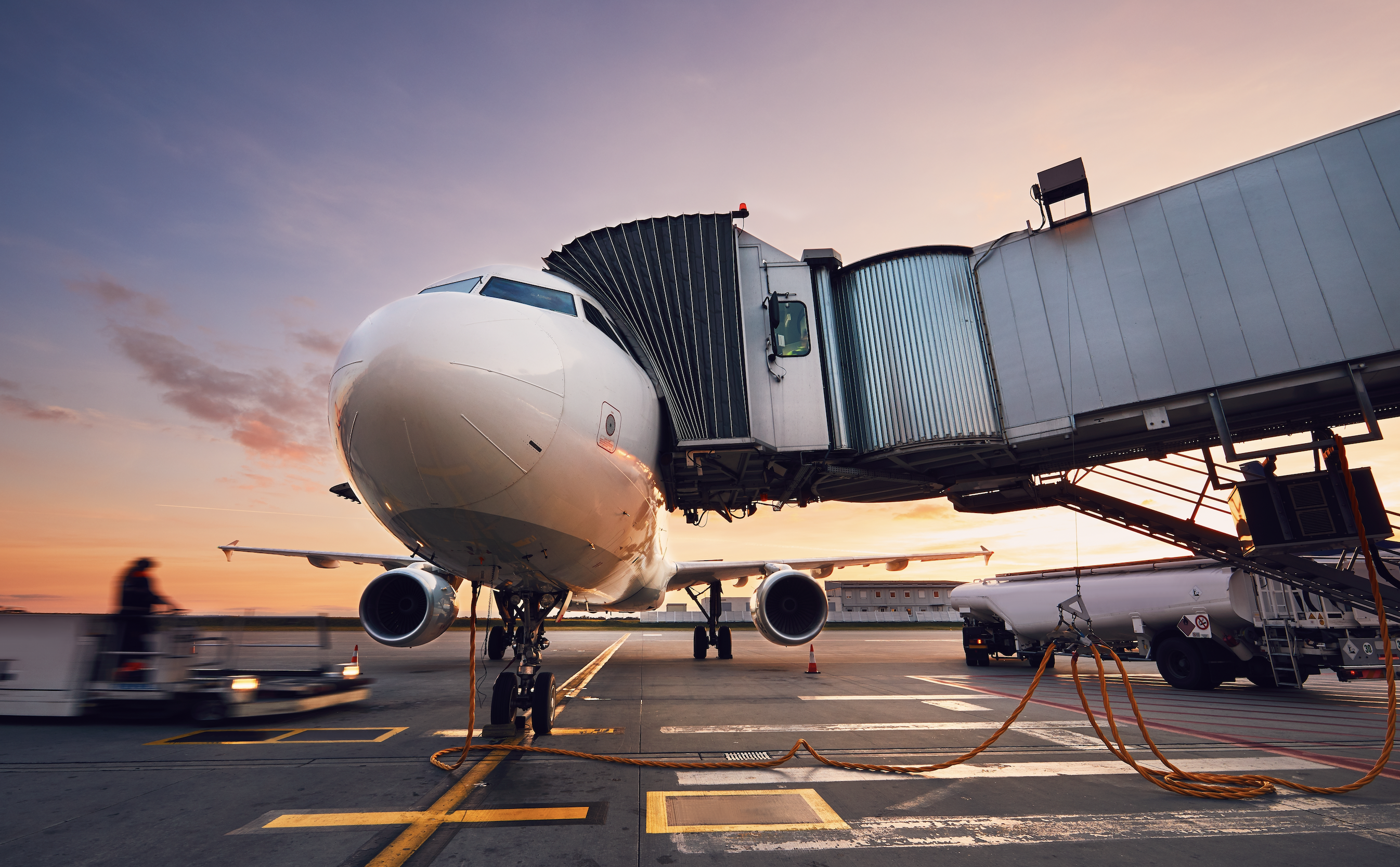This blog is the first installment in a series where our experts highlight the aviation industry’s challenges and trends. In part one, we discuss the people story. Stay tuned for the second blog focused on the property/liability claims story, which is coming soon.
The global airline industry landscape has seen unprecedented fluctuations in recent years — from mass layoff upheavals and labor shortages to operational challenges resulting in widespread flight delays and cancellations. Today, airlines around the world are focused on increasing capacity, smoothing out operational kinks and retaining workers.
As flights returned to 2019, pre-pandemic volumes, airlines are playing catch up through hiring sprees. Amid widespread labor switch-ups, a concerning trend has taken shape: a substantial rise in employee workers’ compensation claims, in both frequency and severity. Are airline employees being sufficiently advocated for?
Airline employee claim trends
The types of workers’ comp claims range from a flight attendant slipping and falling during a layover at a hotel to a fatigued baggage handler spraining an ankle during a night shift. Some airlines are experiencing notable increases in newer employees sustaining on-the-job injuries, while others are seeing older, longer-held workers sustaining more severe injuries due to steep physical demands while aging. Regardless, there are injuries abound.
The concentration of injuries among newer employees could point to lackluster pre-employment testing, unequipped new hires or poor training when it comes to the job’s physical demands. A large majority of the claims we see are musculoskeletal-related, resulting from ground crew members lifting, pulling and pushing. But there are other factors, too.
As the climate changes and severe weather events occur more frequently, increased temperatures are affecting workers on the tarmac and other outdoor environments. Additionally, claims are more expensive and complex now than before. When comparing 2022 versus 2019 airline workers’ compensation claims, increased severity of claim cost has contributed to 5.3% more total temporary disability (TTD) days and 4.2% longer durations, according to Sedgwick’s aviation book of business. Medical treatment is more complex, disability durations are longer, and claims aren’t closing as quickly as they were pre-pandemic.
Harnessing industry-leading tools
In an environment where employee absences — whether from injury or illness — can quickly impact the bottom line, it is critical that employers have the right tools and resources at their disposal.
First, employers need to understand the root of a problem, and those answers lie in an organization’s data. To successfully manage productivity, and protect itself from litigation, employers need access to all current data: workers’ compensation, disability, absence, accommodations, liability and property claims, etc. However, many airlines do not have a data collection system in place.
With more than 30 airline clients, Sedgwick’s benchmarking is the largest data set in the airline industry. It allows for sophisticated predictive modeling, industry benchmarking and data analysis that can clearly pinpoint trends, identify cost drivers and track performance metrics. Above all, it grants Sedgwick the ability to provide an unprecedented level of insight — like no one else can. Our data assets are leveraged by our tech offerings: proprietary claims systems, our flexible intake platform Smart.ly, viaOne suite for clients and mySedgwick self-service tool for consumers.
Customizable solutions
Managing risks for airline clients creates unique challenges, from the breadth of potential exposure to the diversity of possible claims. A cookie cutter approach will not fly. That’s why each program is designed with flexibility in mind — bolstered by the understanding that an airline’s needs today may be drastically different than their needs six months from now. Whether the need be addressing pain points related to workers’ comp, providing additional structure for accommodation requests or white-glove-service handling of non-occupational injuries, all solutions ebb and flow with the client’s ever-changing needs.
Airline employees range from pilots and flight crew to ground and support personnel — with several different collective bargaining agreements. Whether an airline is a union or not, custom return to work management is critical. Sedgwick’s suite of services can administer limited duty placement and provide the oversight required to support the airlines’ interactions with labor groups and avoid unnecessary violations.
Advocating for your valued employees
Airlines run 24/7 operations, so when an employee needs urgent medical assistance, it could be at any hour of the day or night. The industry has seen significant gaps in readily available clinical consultation resources when on-the-job injuries and illnesses do occur. That’s where Sedgwick comes in, as an extension of our airline clients, to provide injured workers with the highest level of care — no matter what time of day they may need it.
As claims volumes increase, and litigated claim expenses, such as legal defense, surveillance and special investigations continue to rise, advocating for employees has never been more critical. According to data from the National Association of Insurance Commissioners (NAIC), litigated claim expense costs as a percentage of the total incurred losses can account for as much as one-third, or even one-half, of total incurred losses. Additionally, awarded verdicts are higher than ever. A study by Verdict Search found that between 2019 and 2020, there was a 300% increase in awards across the insurance industry of $20 million or more. Reported losses across various lines of business are growing at a faster pace than insurance premium rate increases.
Looking forward
Many airlines are seizing the current growth opportunity by offering more flights and adding more destinations to their routes. That will likely continue. As growth increases, so will claim volumes — unless employers reassess their approach to employee advocacy. In the coming months, organizations that demonstrate a commitment to exploring promising solutions and supporting their injured workers will be the ones that overcome current challenges and come out ahead.

